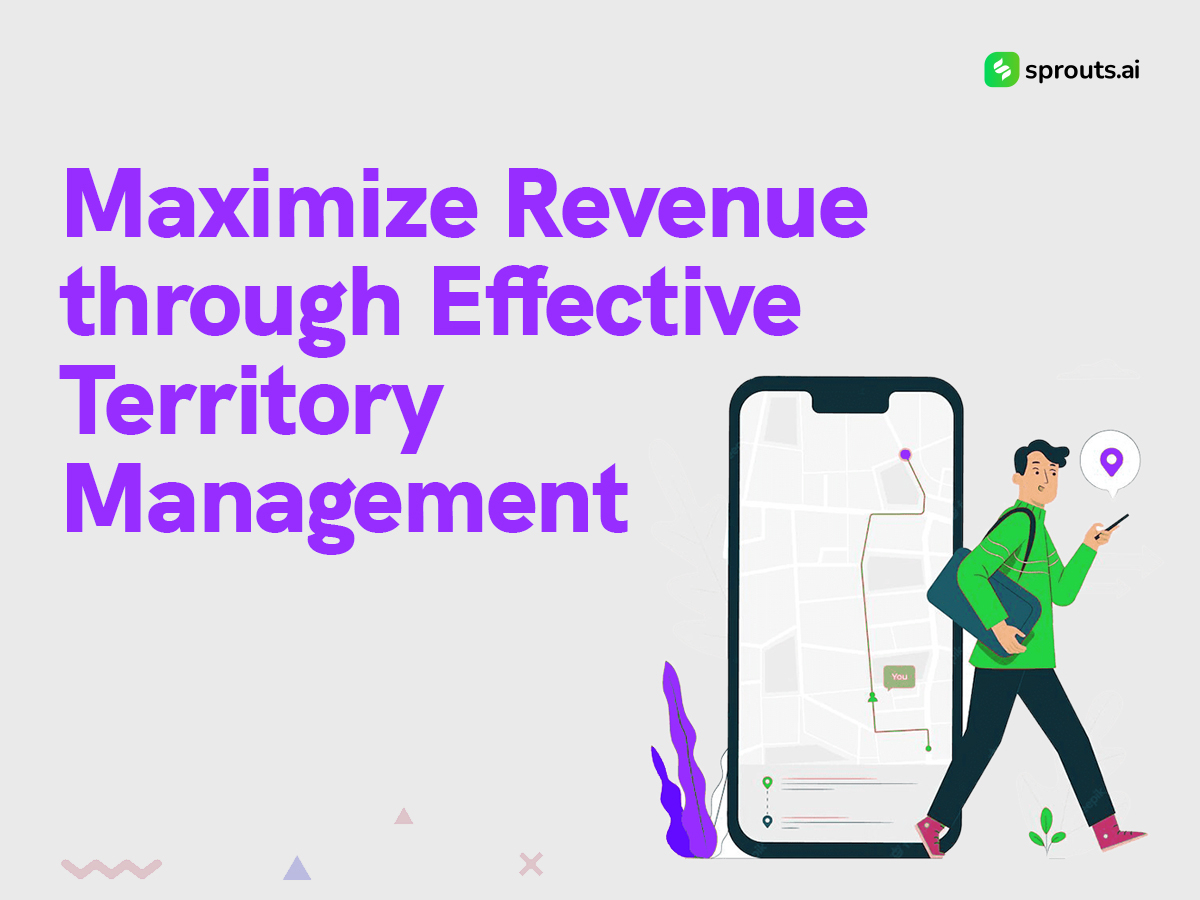Having a well-structured strategy becomes crucial for businesses to thrive. One such strategy that has proven to be a game-changer is Territory Sales Planning. By effectively managing and optimizing sales territories, businesses can increase revenue, enhance customer relationships, and streamline operations. In this blog, we will explore the concept of Territory Sales Planning, its significance, and how businesses can harness its power to achieve remarkable results.
Understanding Territory Sales Planning
At its core, territory planning sales involves meticulously allocating resources, salespeople, and activities within specific geographical regions. The aim is to ensure that each territory receives the right attention, resources, and strategies tailored to the unique characteristics of that area. This approach goes beyond a one-size-fits-all sales strategy and embraces customization to resonate with local customer preferences and market nuances.
The Significance of Territory Sales Planning
Enhanced Customer Focus: One of the primary benefits of territory planning sales is its ability to enhance customer focus. Businesses can establish stronger relationships and drive higher customer satisfaction by tailoring sales efforts to meet the specific needs and preferences of a particular territory’s customer base.
Efficient Resource Allocation: Territory planning sales ensures that resources are allocated judiciously. Sales teams can concentrate their efforts within their designated territories, reducing travel time and unnecessary expenses. This translates to higher productivity and cost savings.
Optimized Sales Performance: When sales representatives are familiar with the local market dynamics, they are better equipped to navigate challenges and capitalize on opportunities. This familiarity leads to improved sales performance and conversion rates.
Crafting an Effective Territory Sales Plan
Segmentation and Prioritization: Begin by segmenting your market into distinct territories based on geography, demographics, industry verticals, or customer behavior. Once segmented, prioritize these territories based on revenue potential, growth opportunities, and competition level.
Data-Driven Insights: Leverage data analytics to gain insights into each territory’s performance, historical sales data, and customer behavior. This data will guide your decision-making process, helping you identify patterns and trends that can inform your sales strategies.
Tailored Strategies: Develop strategies tailored to each territory’s unique characteristics. Consider local culture, language, buying habits, and economic conditions. A one-size-fits-all approach is less likely to resonate with diverse territories.
Clear Goal Setting: Set clear and achievable goals for each territory. Whether it’s revenue targets, market share growth, or customer acquisition, these goals will drive your sales team’s efforts and provide a clear direction.
Collaborative Approach: Involve your sales team in the planning process. Their insights and on-ground experience can contribute to crafting more effective strategies. Encourage open communication and feedback loops to fine-tune the plan as needed.
Embracing Technology in Territory Sales Planning
Geographical Information Systems (GIS): GIS technology enables businesses to visualize and analyze geographical data, helping in efficient territory mapping and resource allocation.
Customer Relationship Management (CRM) Software: CRM platforms can store and manage customer data, enabling sales teams to tailor their interactions based on historical customer behavior.
Predictive Analytics: Advanced analytics tools can predict sales trends, allowing businesses to anticipate demand and adjust their strategies accordingly.
Challenges and Overcoming Them
Complexity of Data: Handling and interpreting vast amounts of data can be overwhelming. Investing in data analytics tools and training your team can help mitigate this challenge.
Resistance to Change: Implementing a new strategy can be met with resistance from the sales team. Effective communication and showcasing the benefits of territory planning sales are key to overcoming this resistance.
Balancing Flexibility and Consistency: Striking the right balance between customized strategies for each territory and maintaining a consistent brand image can be challenging. Regular reviews and adjustments can help maintain this balance.
Territory planning sales is not just about dividing territories but crafting a strategic roadmap to success. By understanding the unique needs of different regions, businesses can tailor their sales strategies, leading to increased revenue, improved customer relationships, and streamlined operations. Embracing technology and data-driven insights while addressing challenges head-on will be instrumental in unleashing the full potential of territory planning sales.

